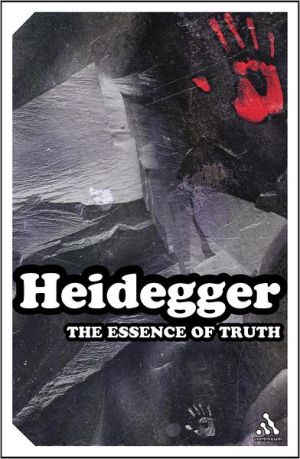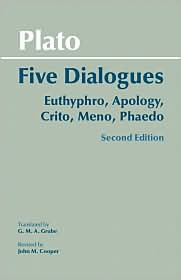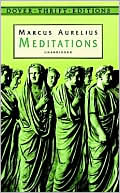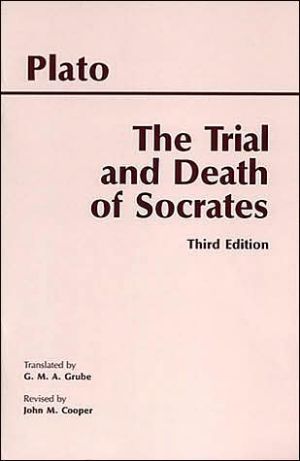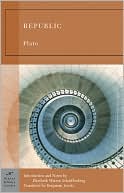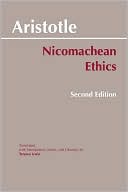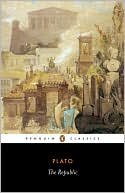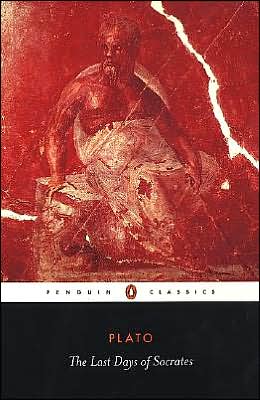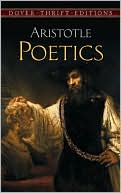Essence of Truth: On Plato's Parable of the Cave and the Theaetetus
The Essence of Truth must count as one of Heidegger's most important works, for nowhere else does he give a comparably thorough explanation of what is arguably the most fundamental and abiding theme of his entire philosophy, namely the difference between truth as the "unhiddenness of beings" and truth as the "correctness of propositions". For Heidegger, it is by neglecting the former primordial concept of truth in favor of the latter derivative concept that Western philosophy, beginning...
Search in google:
Based on the lectures of a course given by Hiedegger in 1931-32, this work analyzes Plato's allegory of the cave in the Republic and interprets a central section of Plato's dialogue, the Theaetetus. According to the translator, the work gives the fullest account of Heidegger's thinking on the "difference between truth as the `unhiddenness of beings' and truth as the `correctness of propositions.'" Translated from the original German work Vom Wesen der Wahrheit: zu Platons Höhlengleichnis und Theätet (1988), vol. 34 of Heidegger's Gesamtausgabe. Annotation c. Book News, Inc., Portland, OR Library Journal Over the past decade, an abundant number of Heidegger's writings have been translated into English. Key among them are the lectures he delivered both prior to and following the writing of his magnum opus, Being and Time, which allow us as never before to chart Heidegger's philosophical development. Here are two new additions to the series. The Essence of Human Freedom, which derives from a set of lectures Heidegger delivered in 1930 at Freiburg, focuses on human freedom as the leading question of philosophy. Heidegger contends that this emphasis on freedom enables us to understand philosophy as a "going-after-the-whole" that is at the same time a "going-to-our-roots." In other words, we must search for the essence of human freedom in the constant presence of being-in-the-world that precedes and grounds philosophical thinking. Heidegger plunders Kant's understandings of freedom and Aristotle's theories of metaphysics to establish his own theory that the understanding of human freedom provides the starting point for philosophy (metaphysics). One year later, Heidegger turned his gaze on the essence of truth. In a lecture course delivered at Freiburg in 1931-32, he engaged in a close philosophical reading of Plato's "Allegory of the Cave" and a section from Plato's Theaetetus. In Plato's allegory, men are shackled and can only see the shadows cast on the cave's wall by a fire. These shadows are their reality. But when one of them escapes into the sunlight, he sees that the shadows are not reality but illusion. For Heidegger, this man-who in Plato's story becomes the model for a philosopher-has had the truth revealed to him. Truth cannot be possessed merely as correct propositions, as Heidegger argues that the history of philosophy has taught. Rather, he contends, "the question of the essence of truth as unhiddenness is the question of the history of human essence." A shorter essay that derives from this lecture can be found in both Basic Writings and in Existence and Being. These new volumes reveal Heidegger's consummate exegetical and hermeneutical skills, but given their technical philosophical jargon, they are recommended only for academic or large public libraries.-Henry L. Carrigan Jr., Lancaster, PA Copyright 2002 Cahners Business Information.
Translator's ForewordPreliminary ConsiderationsPt. 1The Clue to the 'Essence' of 'A[Lambda]H[Theta]IA: Interpretation of the Allegory of the Cave in Plato's PoliteiaCh. 1The Four Stages of the Occurrence of Truth17AThe First Stage: the Situation of Man in the Underground Cave18BThe Second Stage: a 'Liberation' of Man within the Cave23CThe Third Stage: the Genuine Liberation of Man to the Primordial Light29DThe Fourth Stage: the Freed Prisoner's Return to the Cave58Ch. 2The Idea of the Good and Unhiddenness69Ch. 3The Question Concerning the Essence of Untruth85Pt. 2An Interpretation of Plato's Theaetetus with Respect to the Question of the Essence of UntruthCh. 1Preliminary Considerations109Ch. 2Beginning of the Discussion of Theaetetus' First Answer: [episteme]. Critical Demarcation of the Essence of Perception118Ch. 3Stepwise Unfolding of Perceiving in All Its Connections133AStep One: Perceiving of Beings as Such133BStep Two: Inquiry into What Perceives the Excess in the Perceived136CStep Three: The Soul's Relation to Being as Striving for Being144DStep Four: Being-Human as Historical in Staking and Stance [paideia]167Ch. 4Toward a Discussion of Theaetetus' Second: Answer: [episteme] is [alethes doxa]. The Various Meanings of [doxa]176Ch. 5The Question Concerning the Possibility of the [pseudes doxa]187APreparatory Investigation: Impossibility of the Phenomenon of the [pseudes doxa]187BMain Investigation: Saving the Phenomenon of the [pseudes doxa]203AppSupplementary Materials from Heidegger's Notes229Editor's Afterword237English-German Glossary241Greek-English Glossary250
\ Library JournalOver the past decade, an abundant number of Heidegger's writings have been translated into English. Key among them are the lectures he delivered both prior to and following the writing of his magnum opus, Being and Time, which allow us as never before to chart Heidegger's philosophical development. Here are two new additions to the series. The Essence of Human Freedom, which derives from a set of lectures Heidegger delivered in 1930 at Freiburg, focuses on human freedom as the leading question of philosophy. Heidegger contends that this emphasis on freedom enables us to understand philosophy as a "going-after-the-whole" that is at the same time a "going-to-our-roots." In other words, we must search for the essence of human freedom in the constant presence of being-in-the-world that precedes and grounds philosophical thinking. Heidegger plunders Kant's understandings of freedom and Aristotle's theories of metaphysics to establish his own theory that the understanding of human freedom provides the starting point for philosophy (metaphysics). One year later, Heidegger turned his gaze on the essence of truth. In a lecture course delivered at Freiburg in 1931-32, he engaged in a close philosophical reading of Plato's "Allegory of the Cave" and a section from Plato's Theaetetus. In Plato's allegory, men are shackled and can only see the shadows cast on the cave's wall by a fire. These shadows are their reality. But when one of them escapes into the sunlight, he sees that the shadows are not reality but illusion. For Heidegger, this man-who in Plato's story becomes the model for a philosopher-has had the truth revealed to him. Truth cannot be possessed merely as correct propositions, as Heidegger argues that the history of philosophy has taught. Rather, he contends, "the question of the essence of truth as unhiddenness is the question of the history of human essence." A shorter essay that derives from this lecture can be found in both Basic Writings and in Existence and Being. These new volumes reveal Heidegger's consummate exegetical and hermeneutical skills, but given their technical philosophical jargon, they are recommended only for academic or large public libraries.-Henry L. Carrigan Jr., Lancaster, PA Copyright 2002 Cahners Business Information.\ \ \ \ \ BooknewsBased on the lectures of a course given by Hiedegger in 1931-32, this work analyzes Plato's allegory of the cave in the and interprets a central section of Plato's dialogue, the . According to the translator, the work gives the fullest account of Heidegger's thinking on the "difference between truth as the `unhiddenness of beings' and truth as the `correctness of propositions.'" Translated from the original German work (1988), vol. 34 of Heidegger's . Annotation c. Book News, Inc., Portland, OR (booknews.com)\ \
